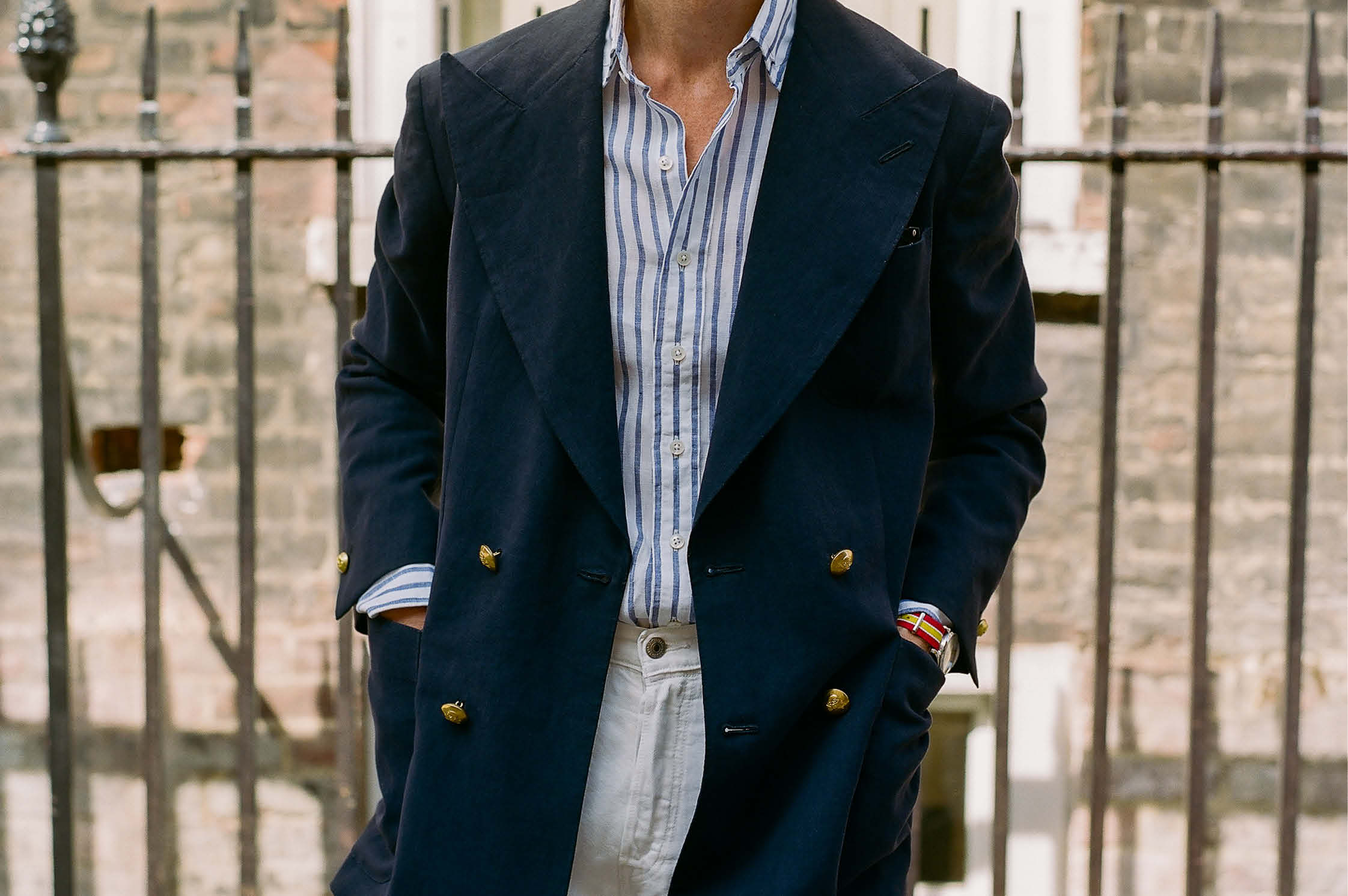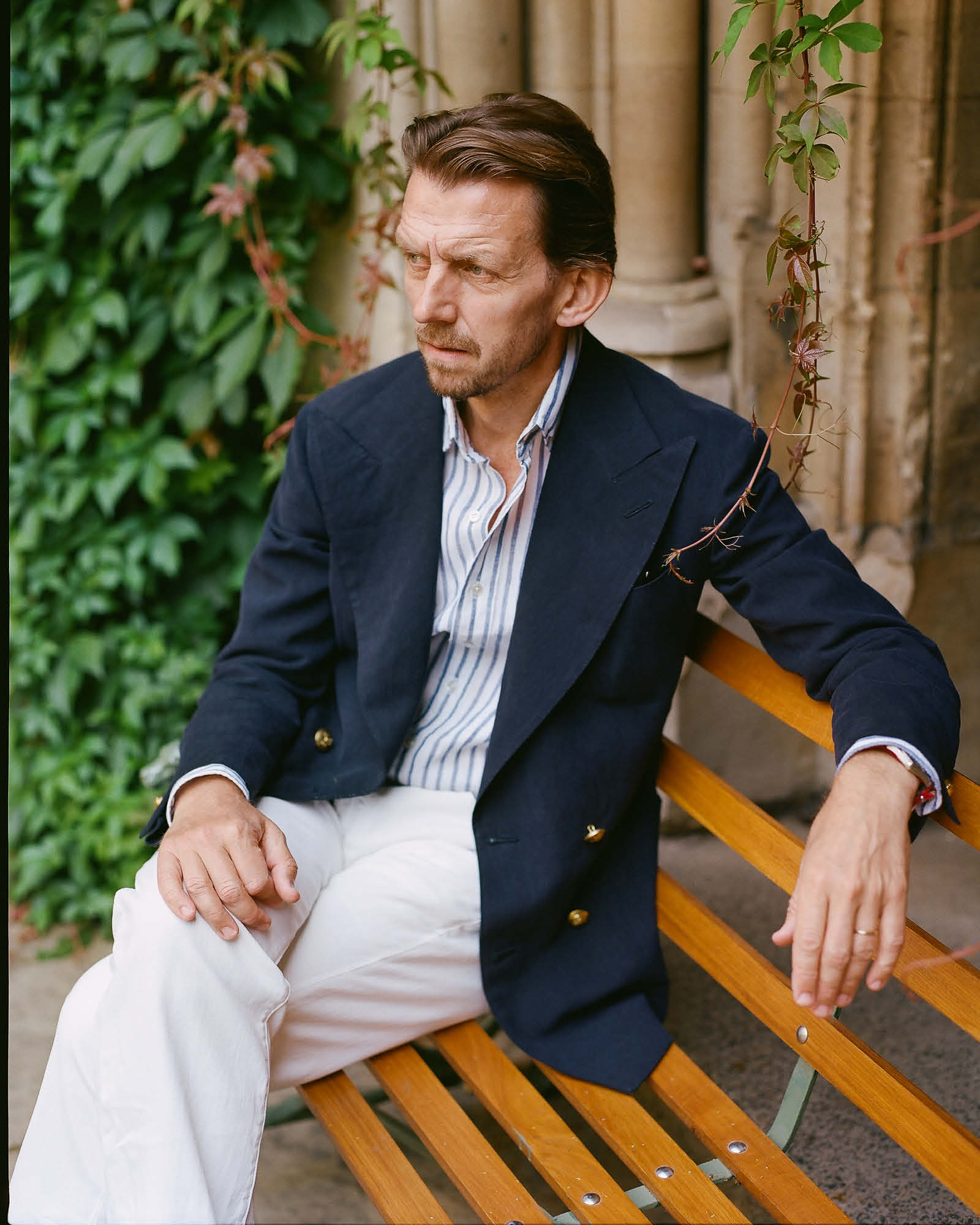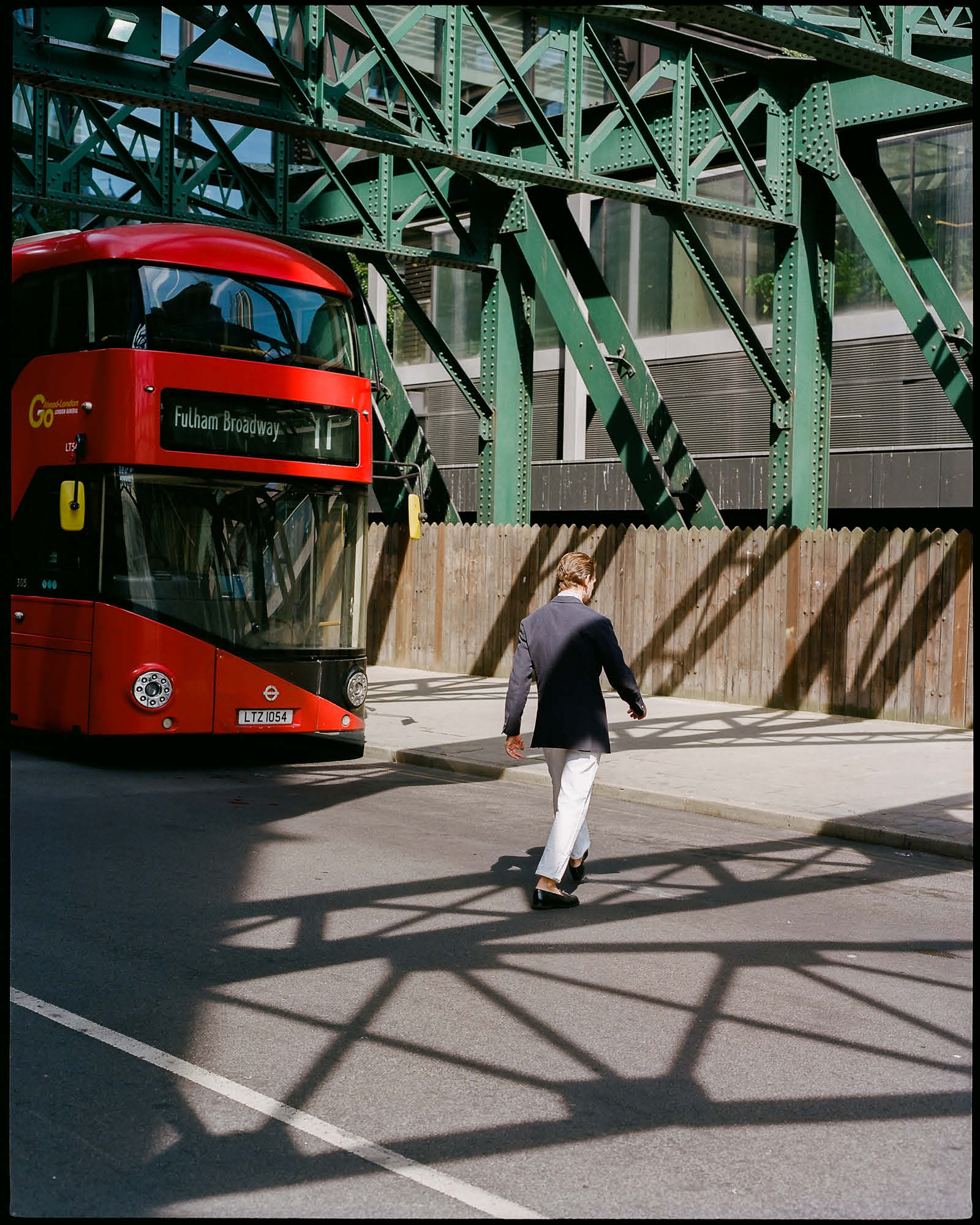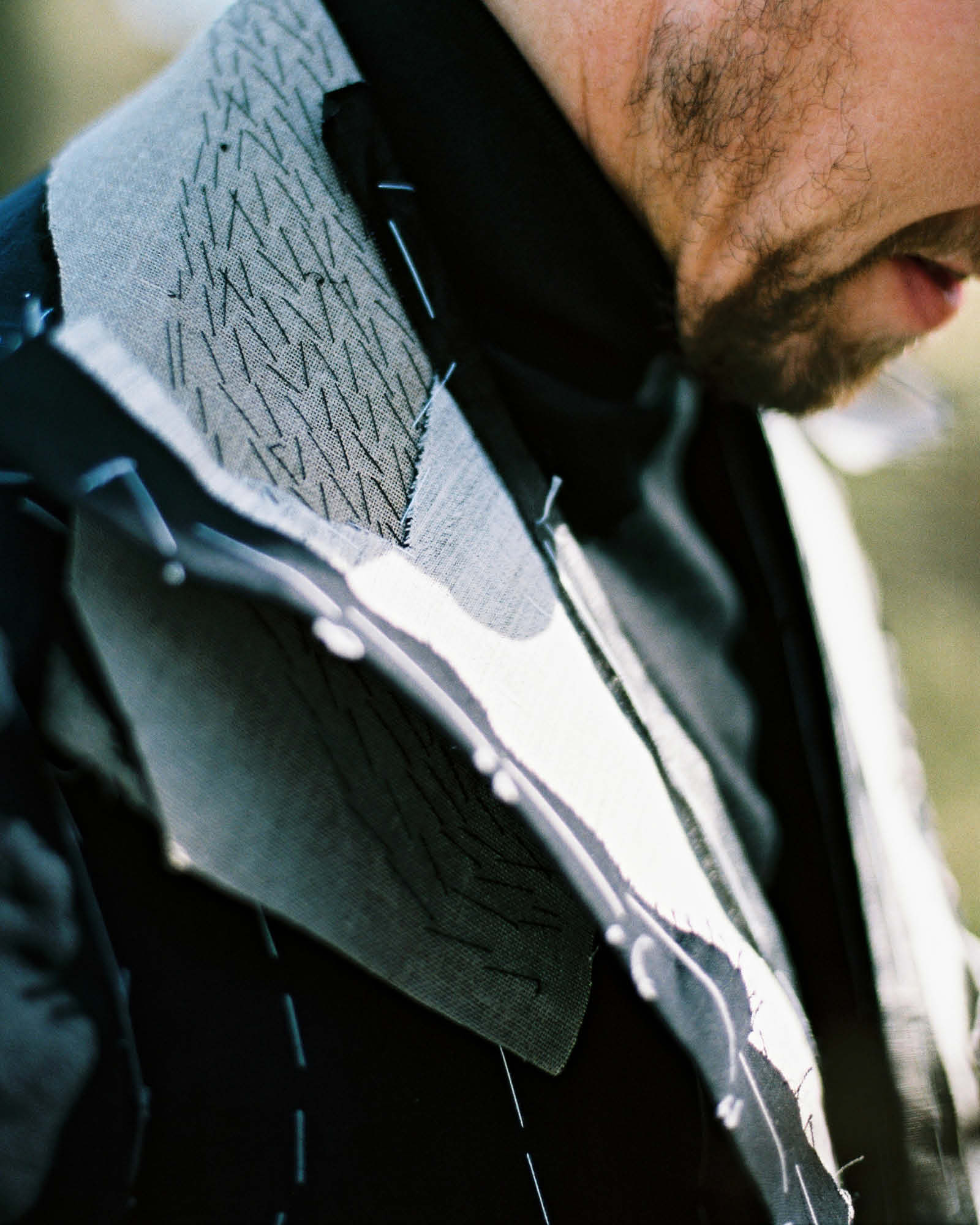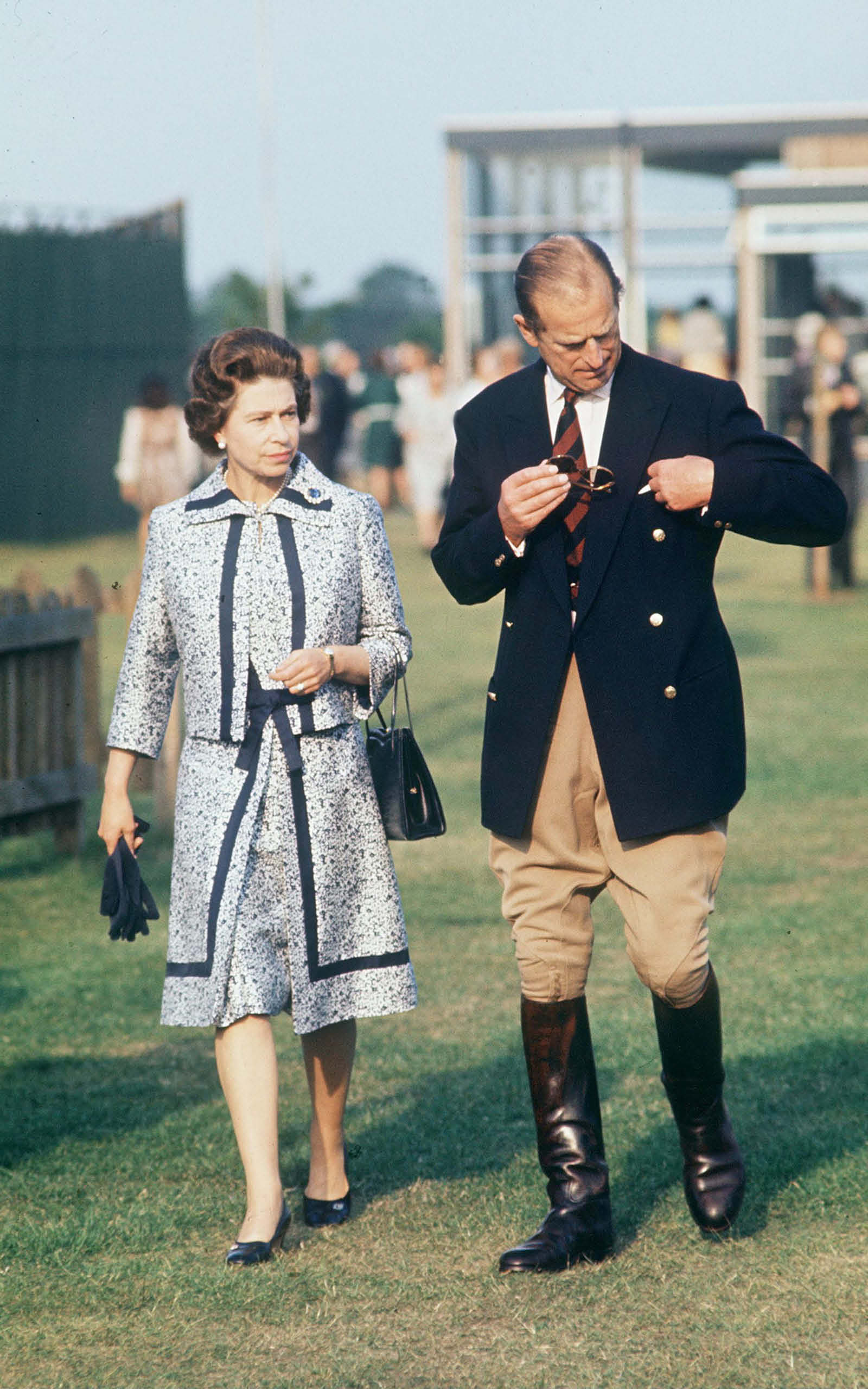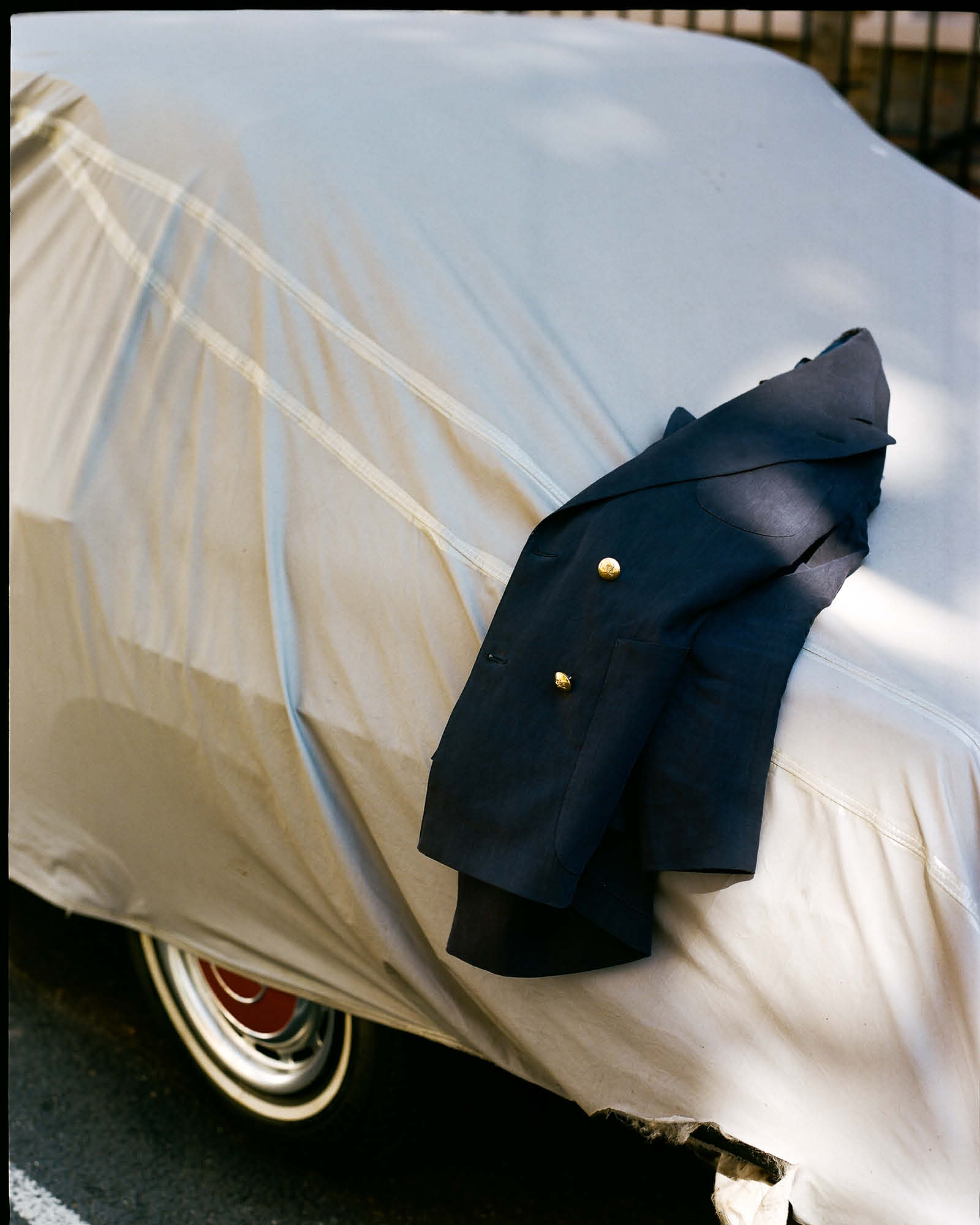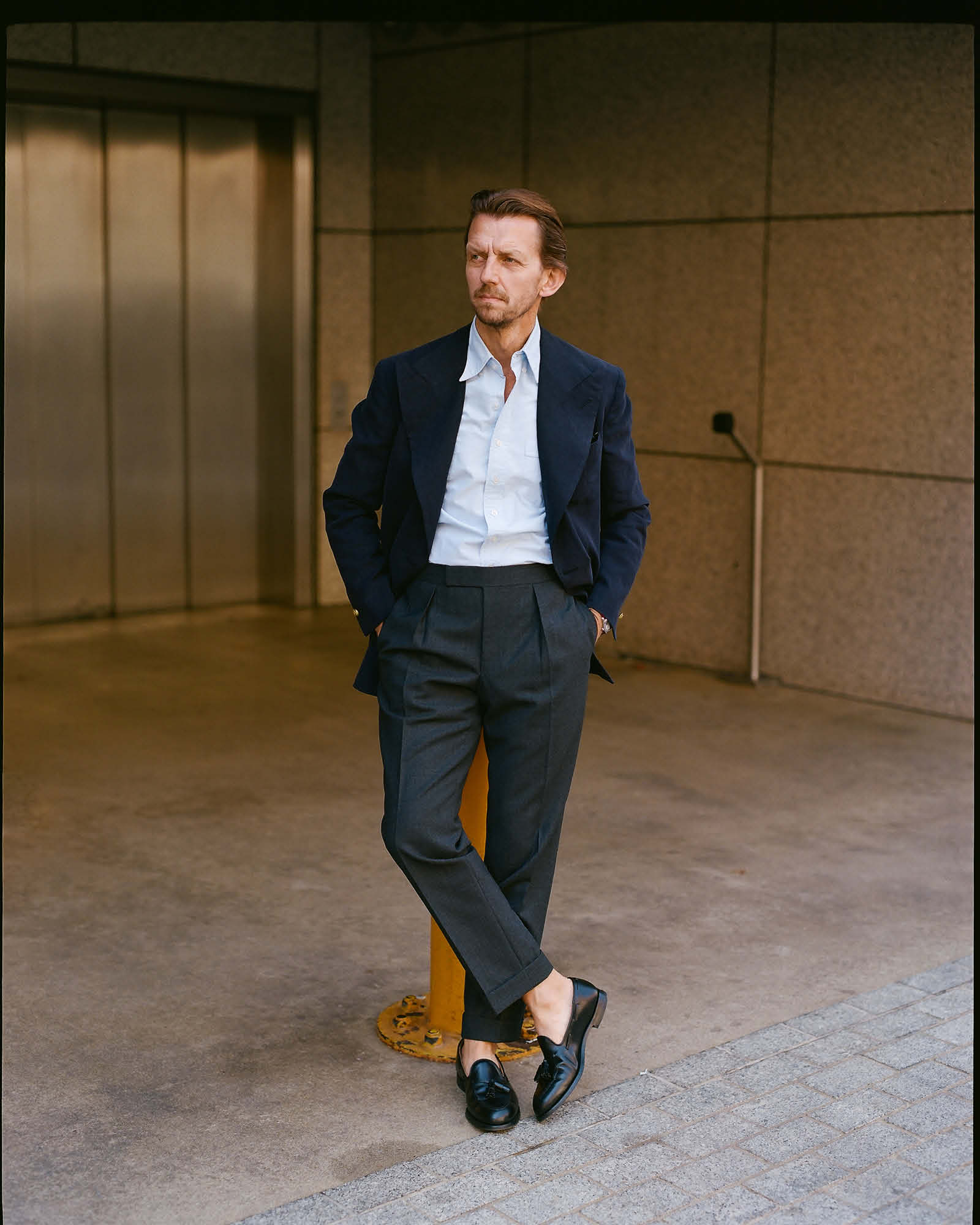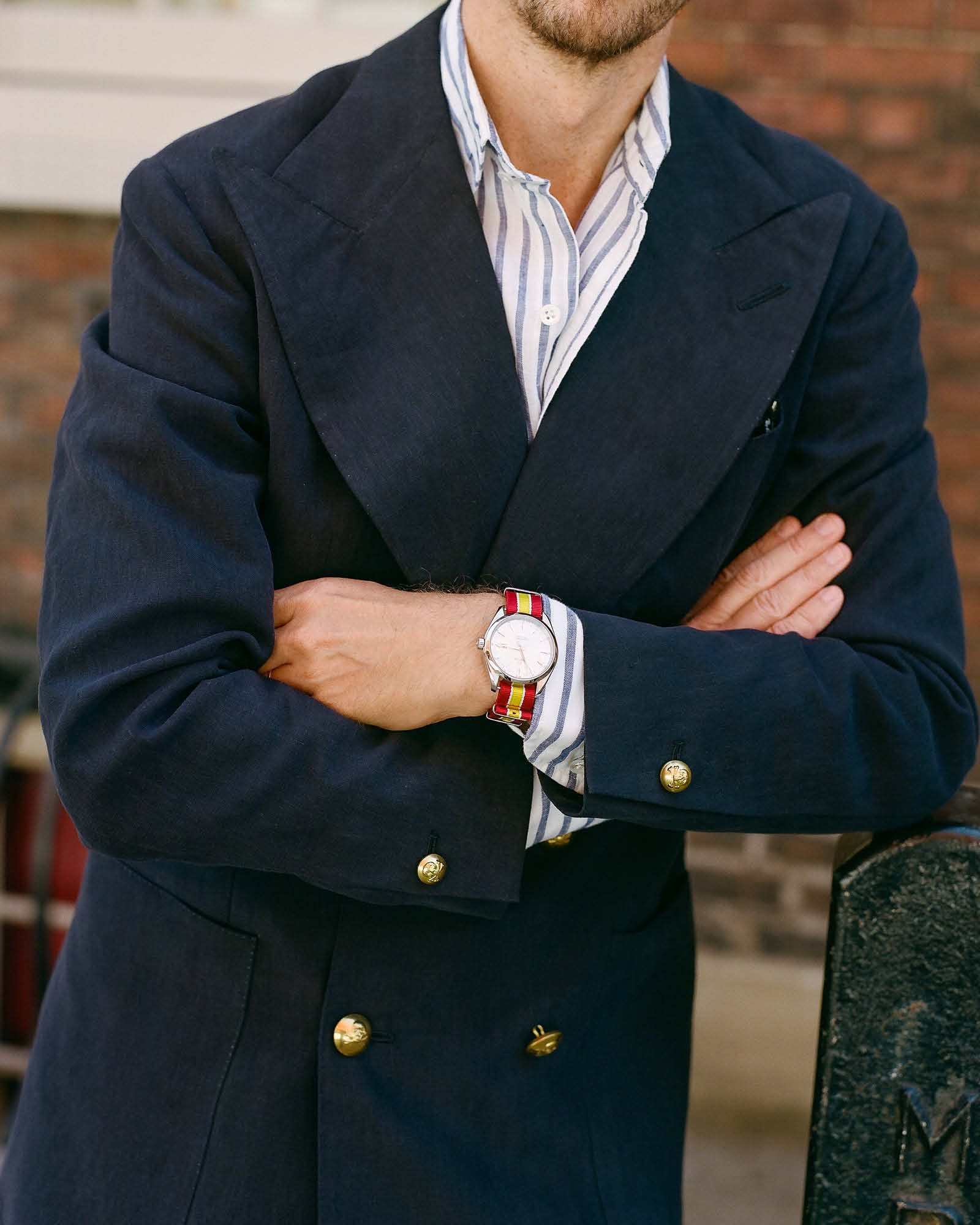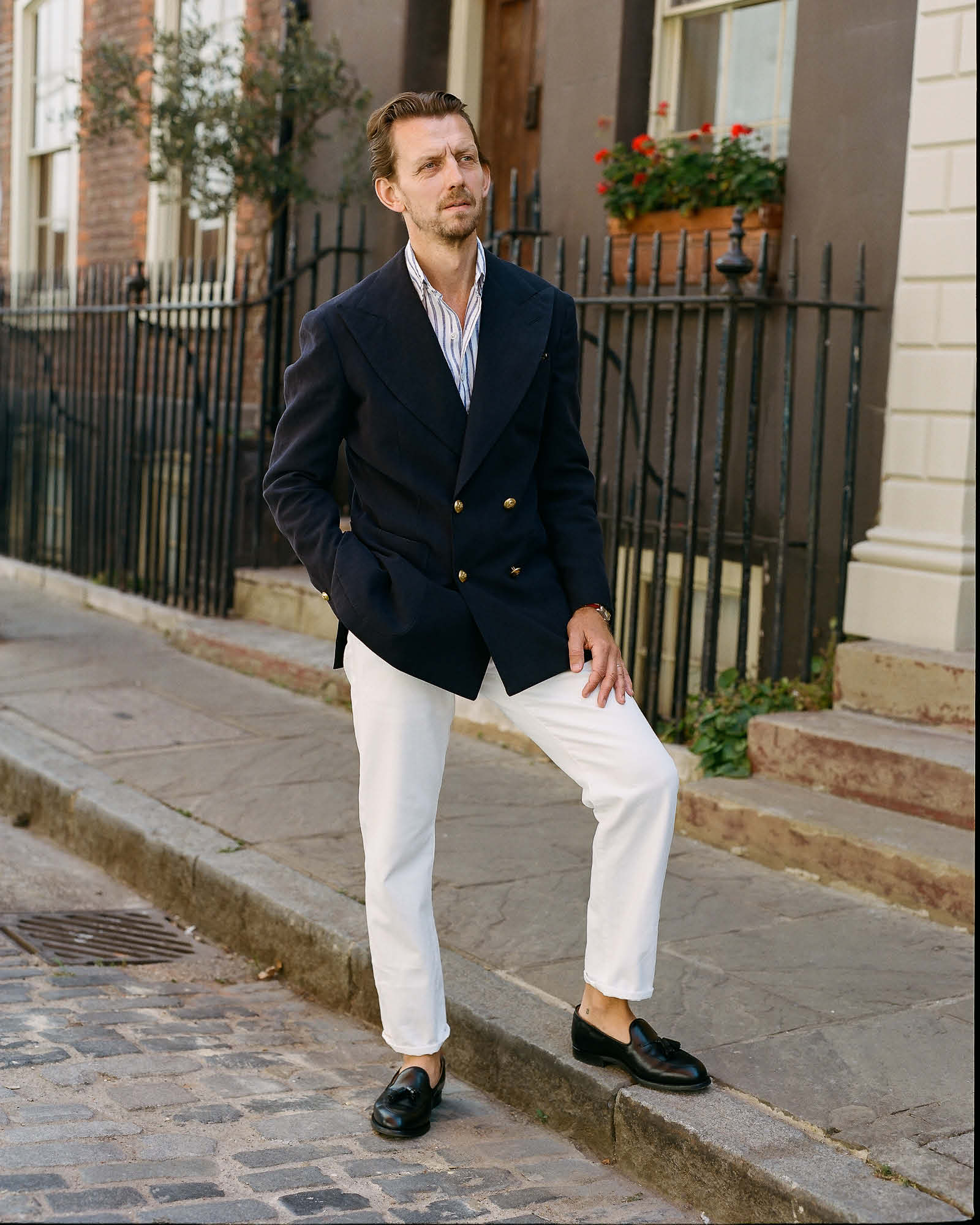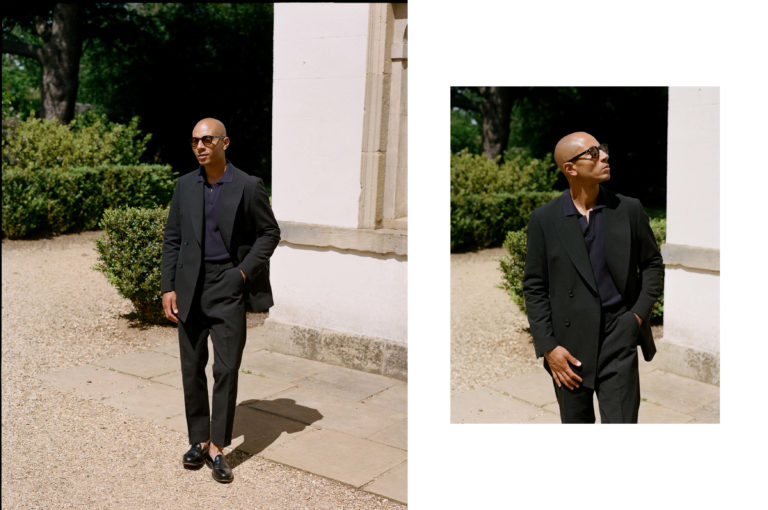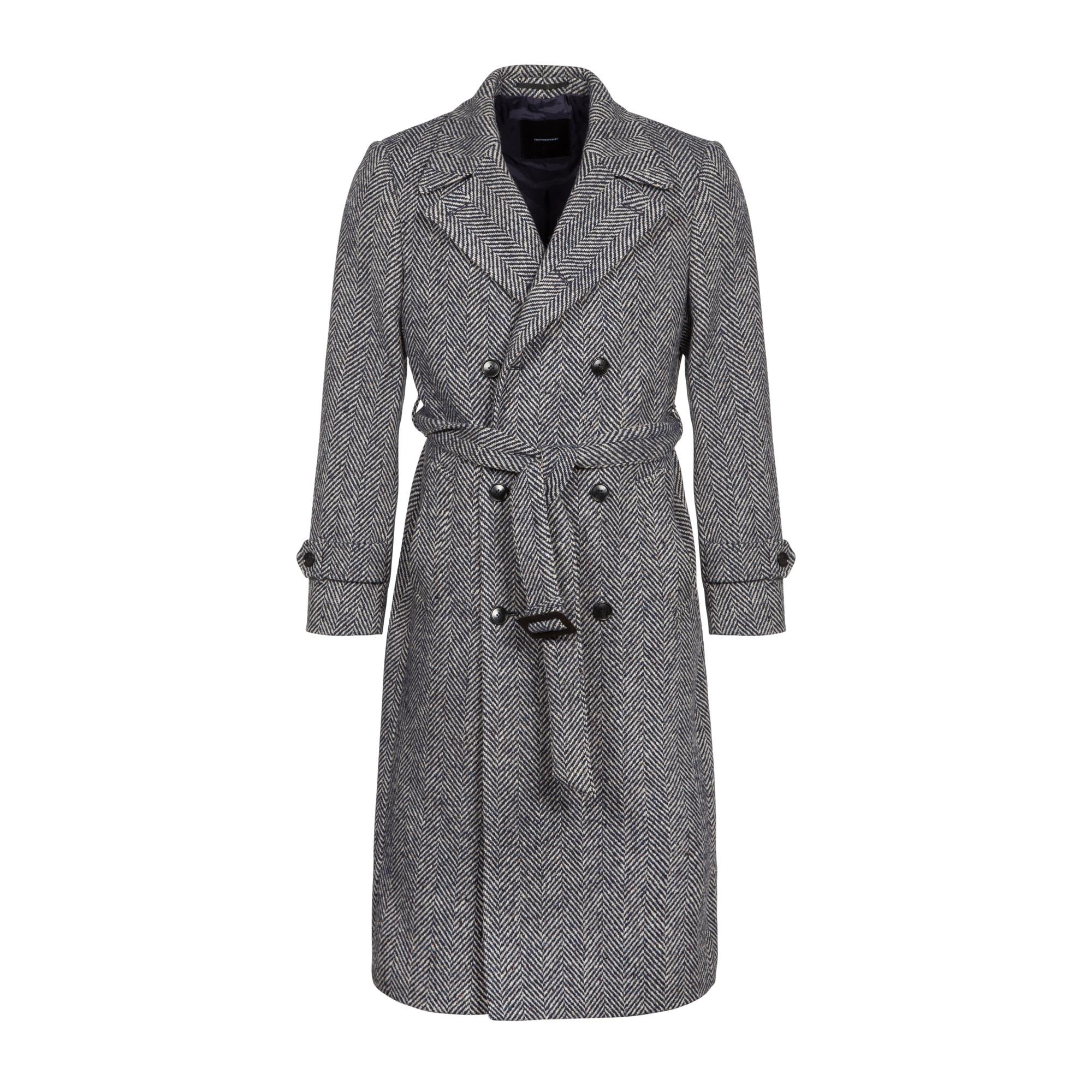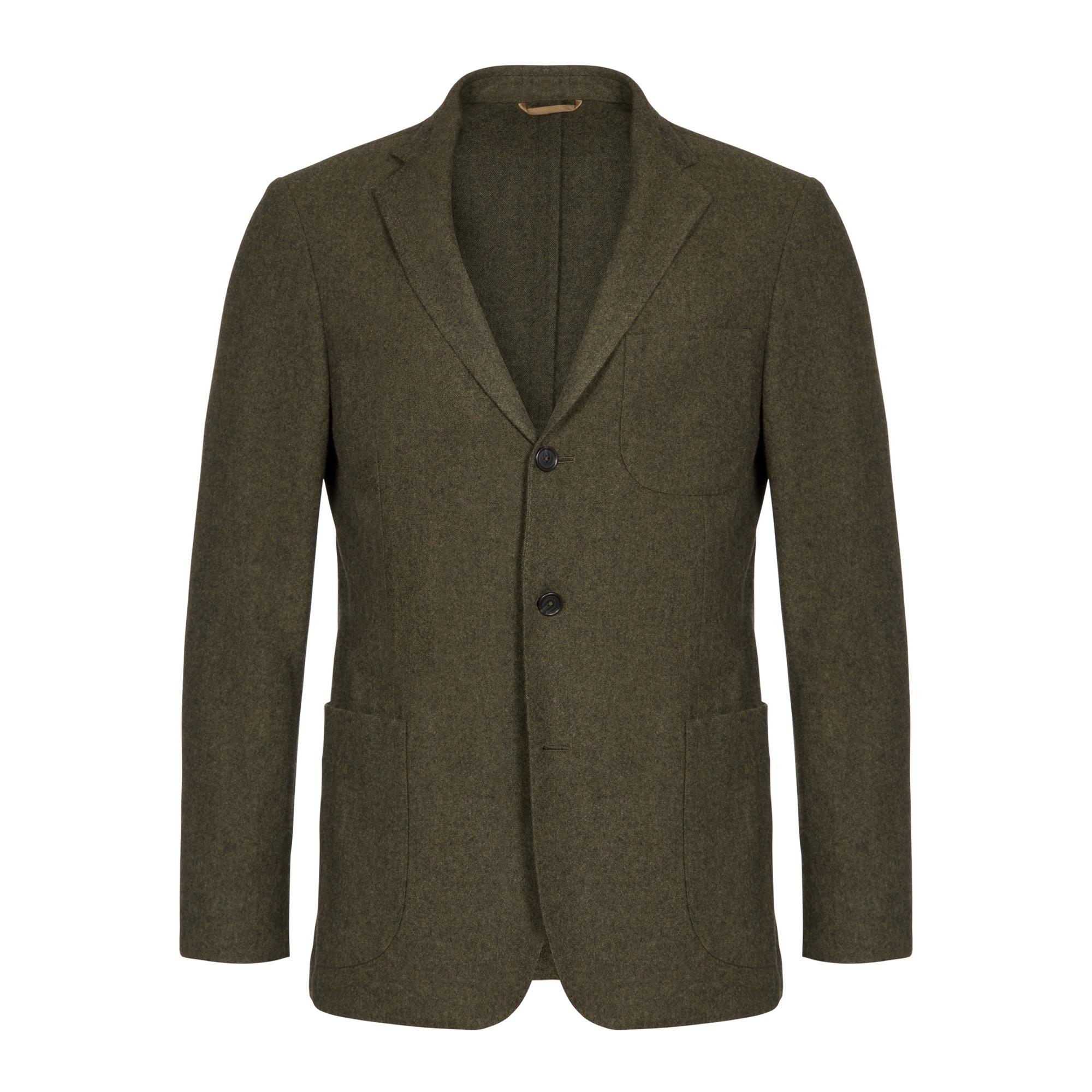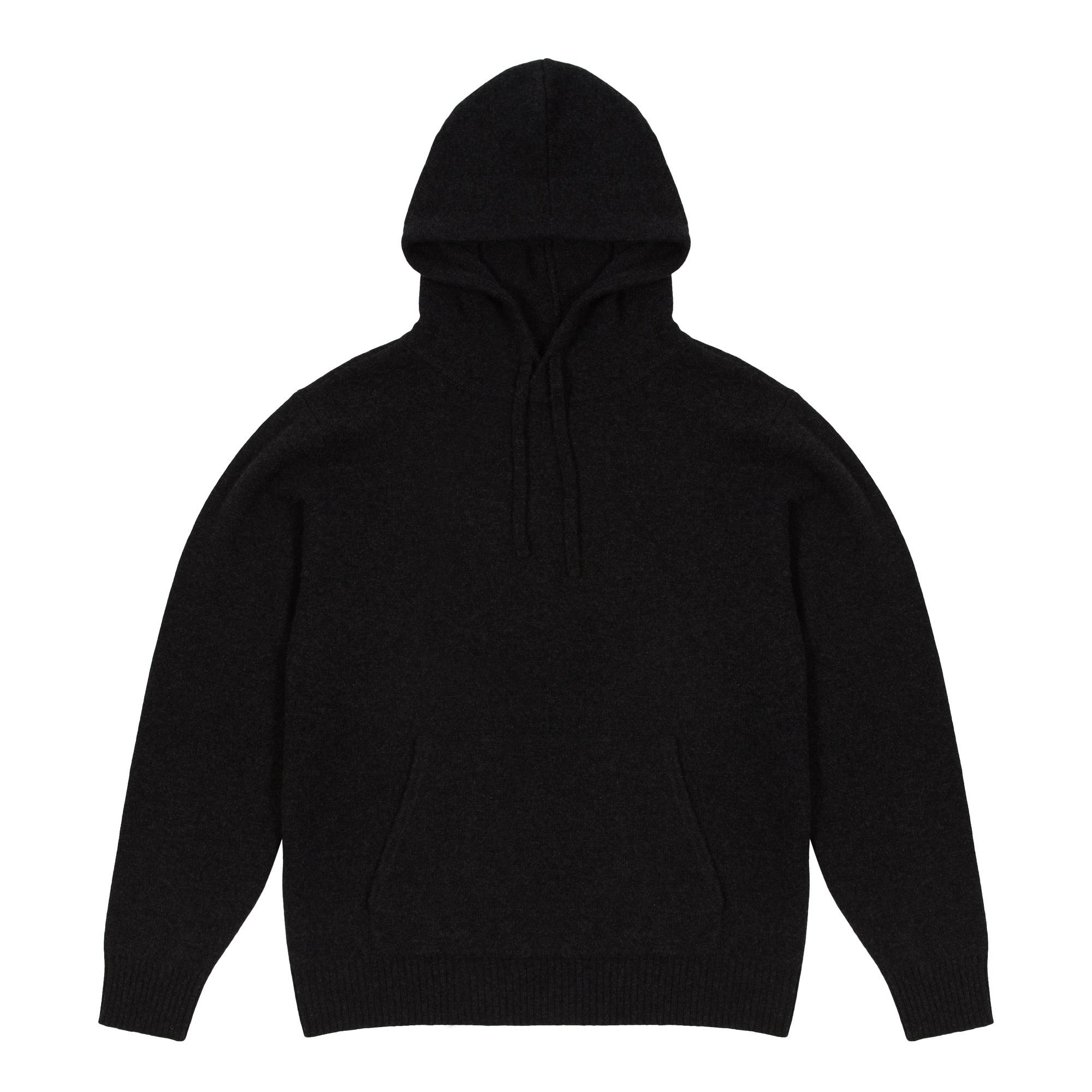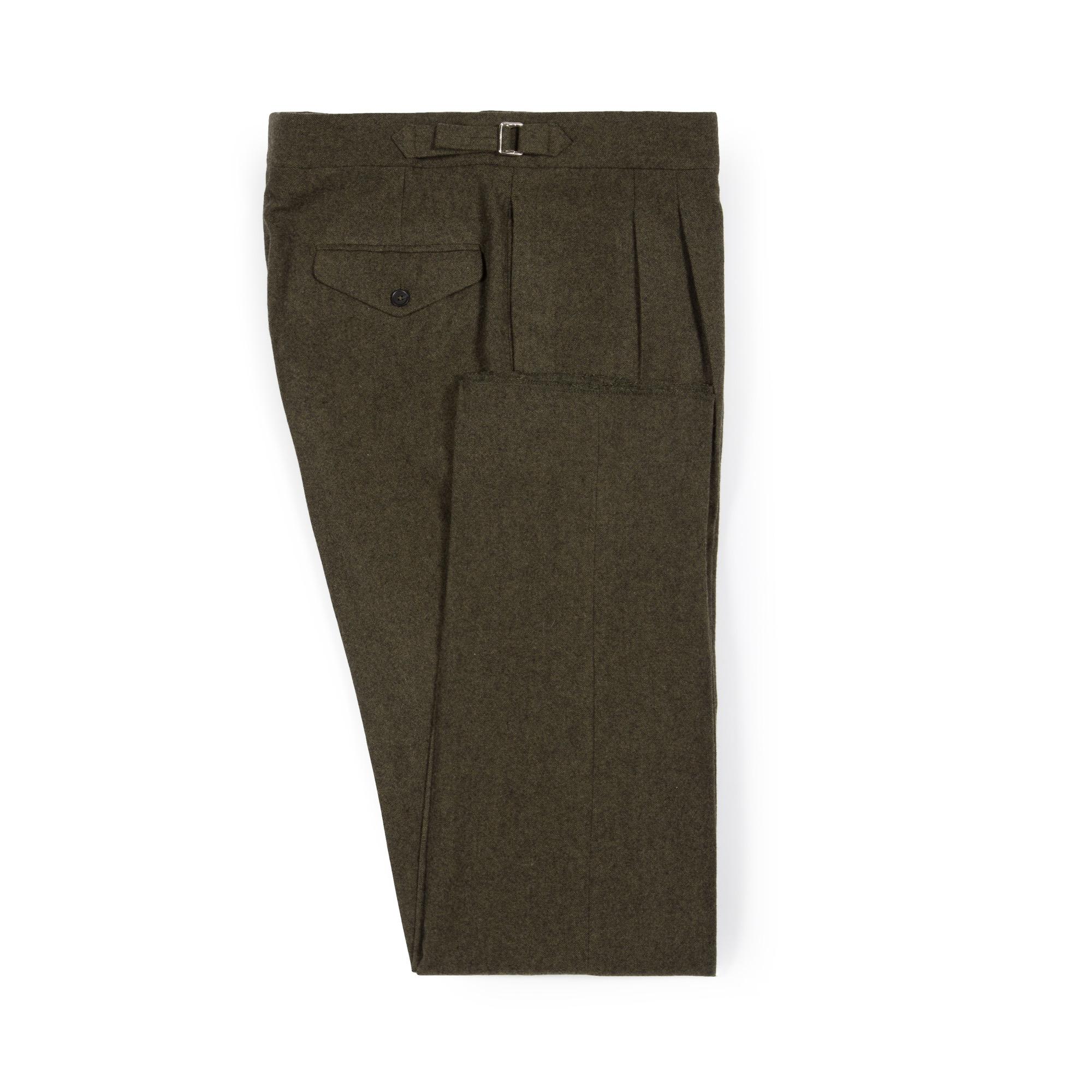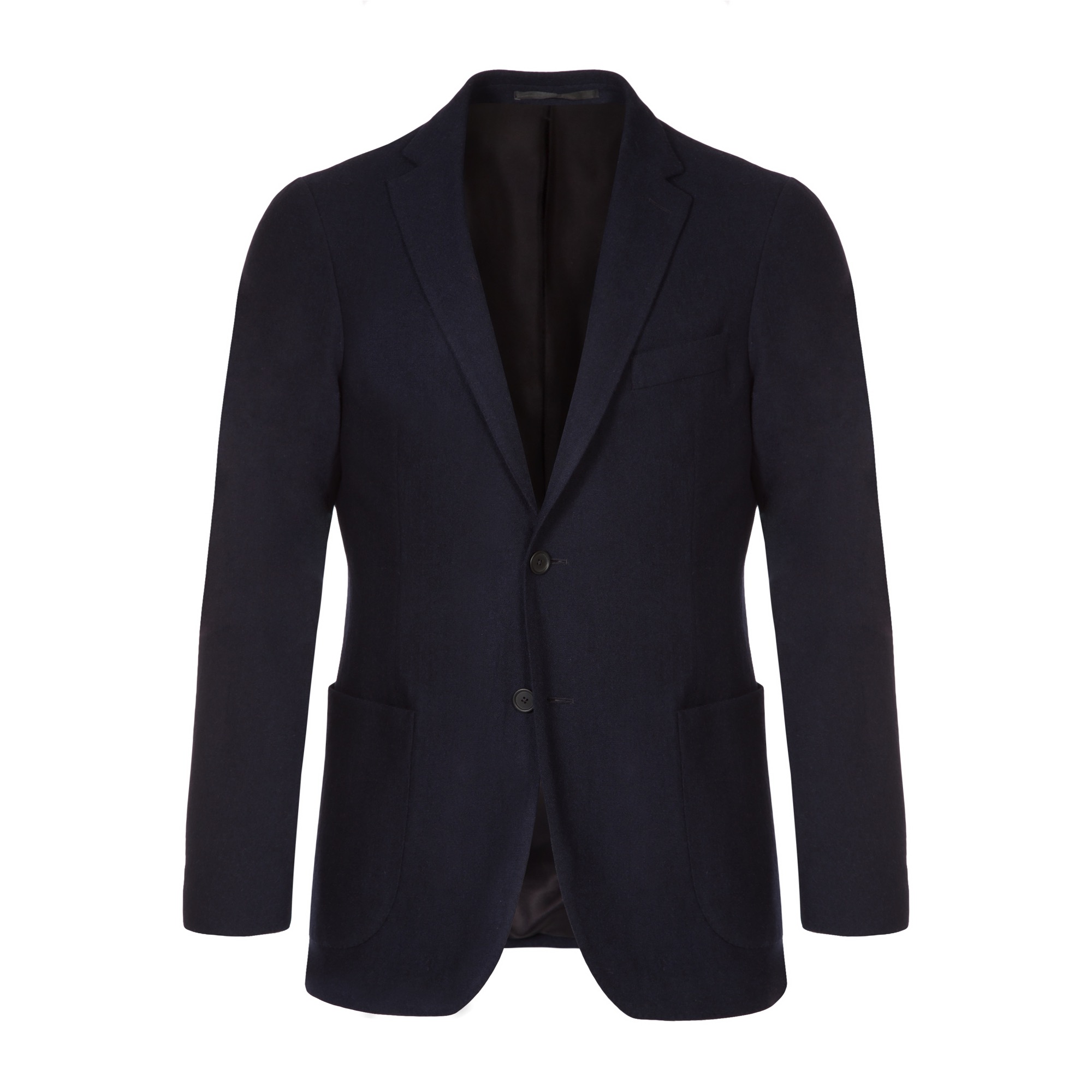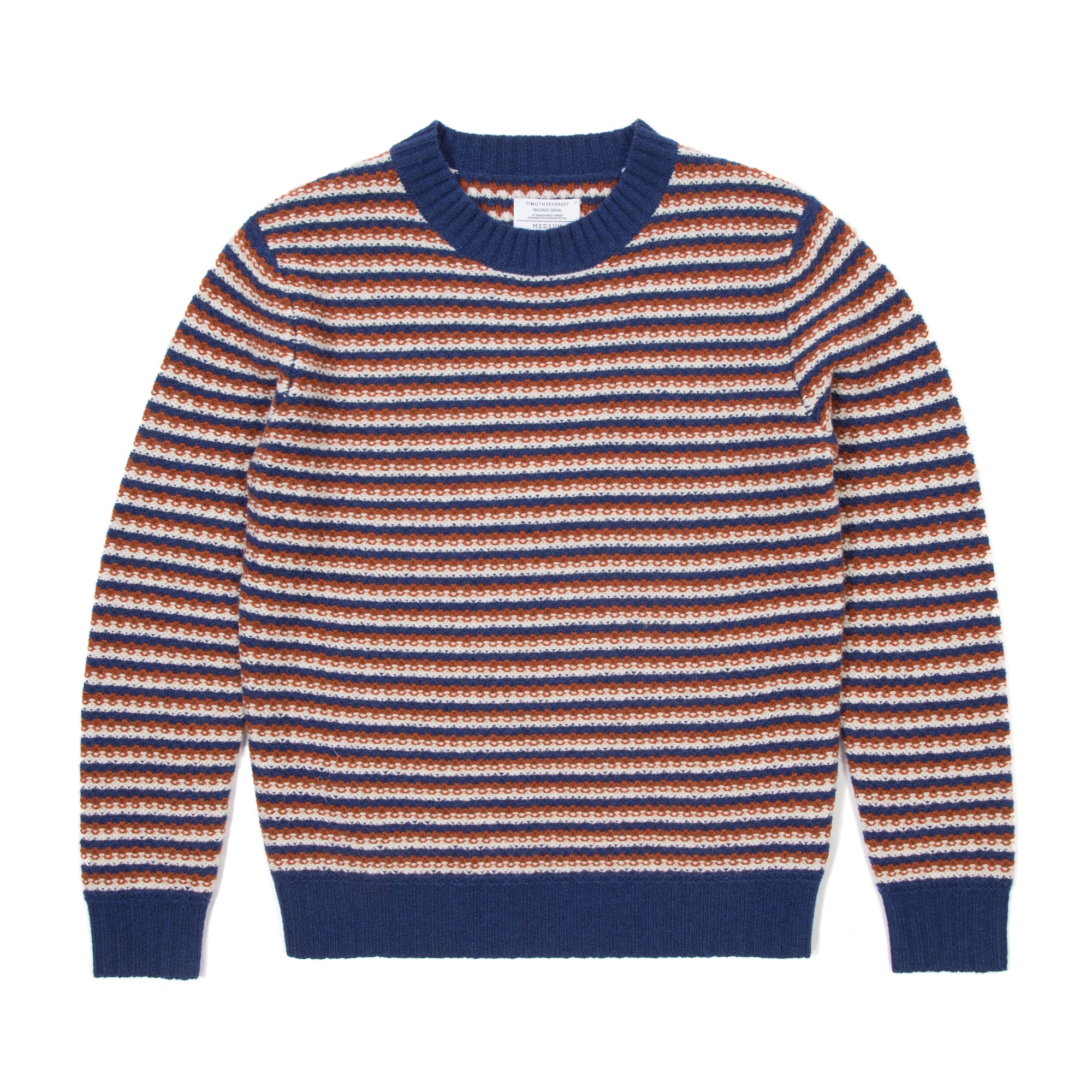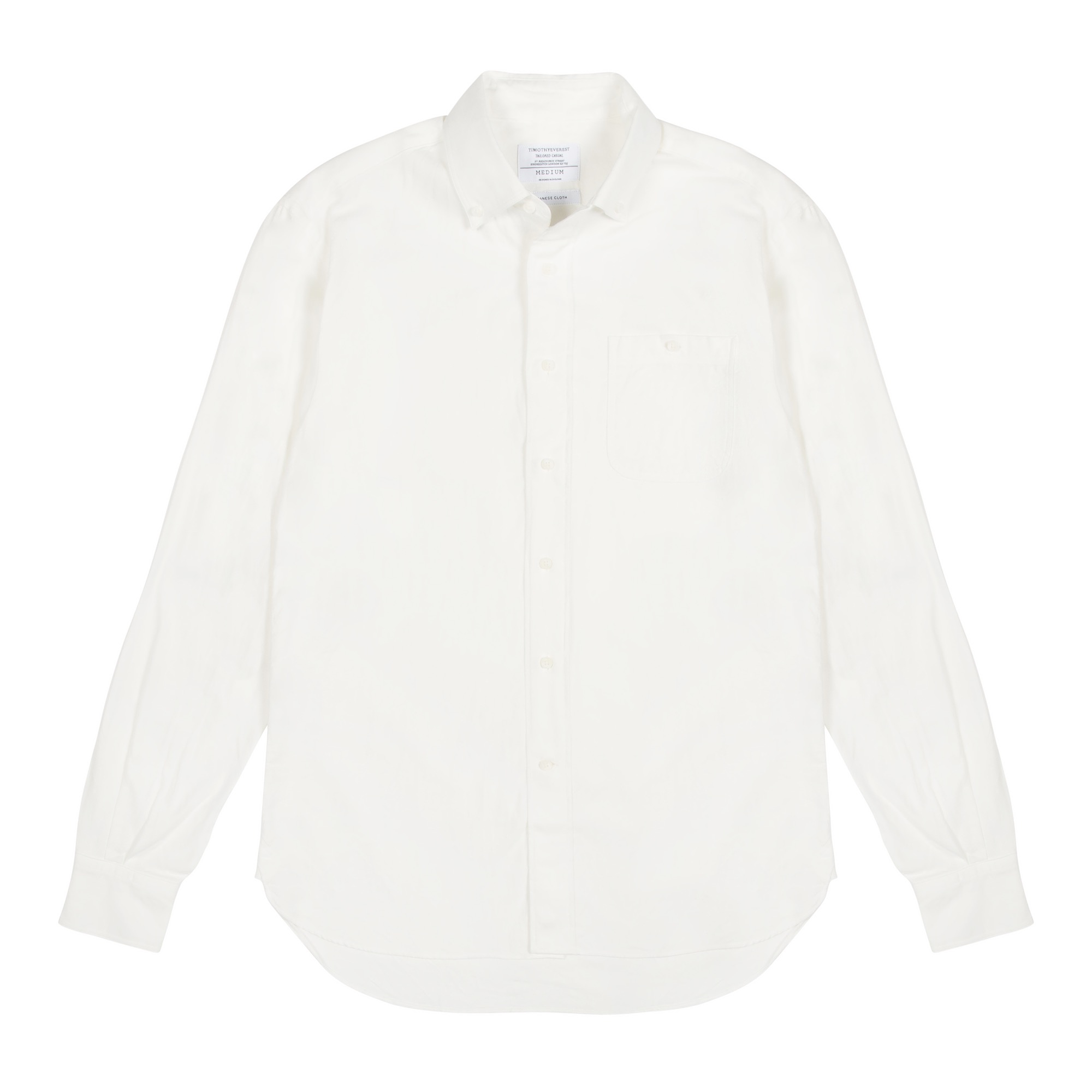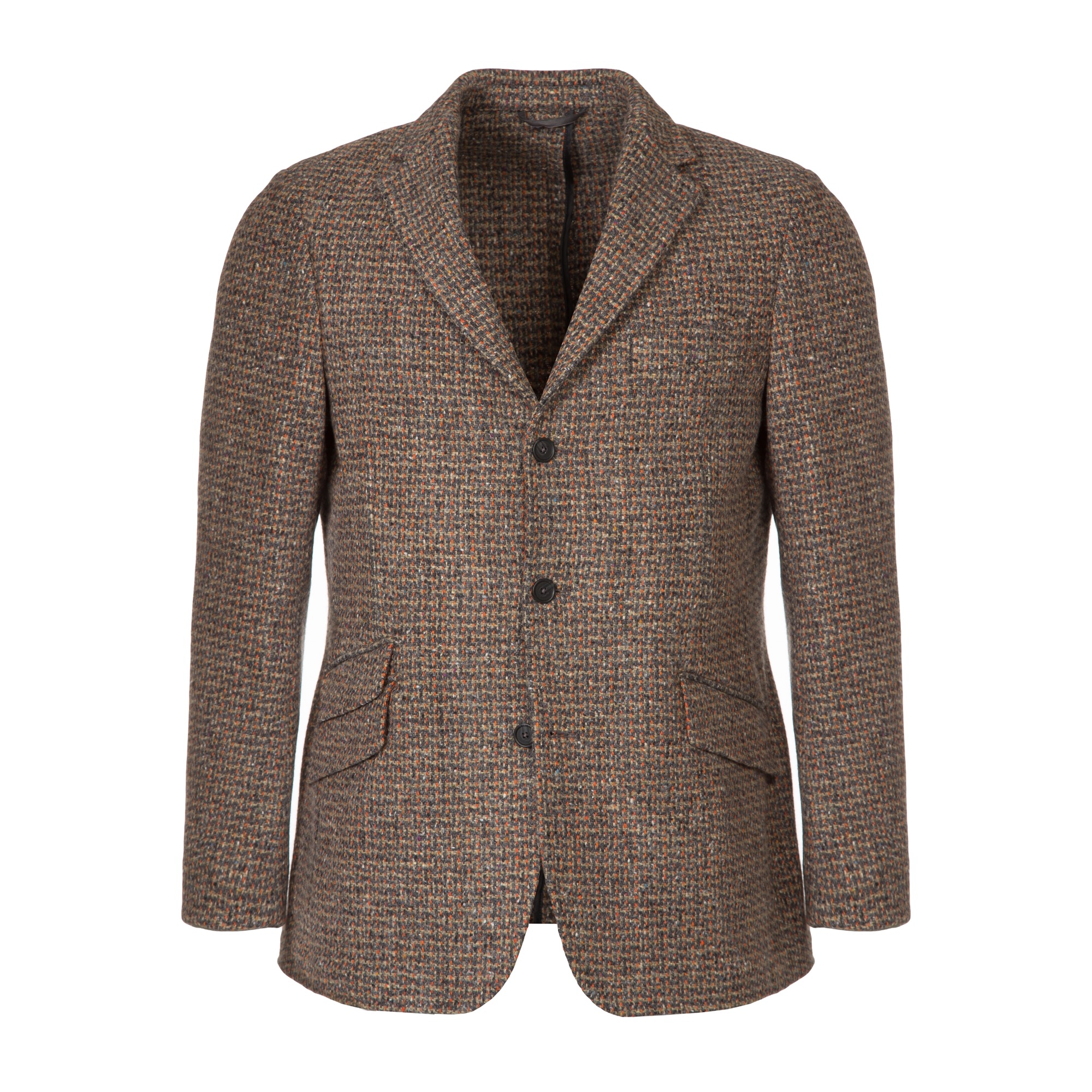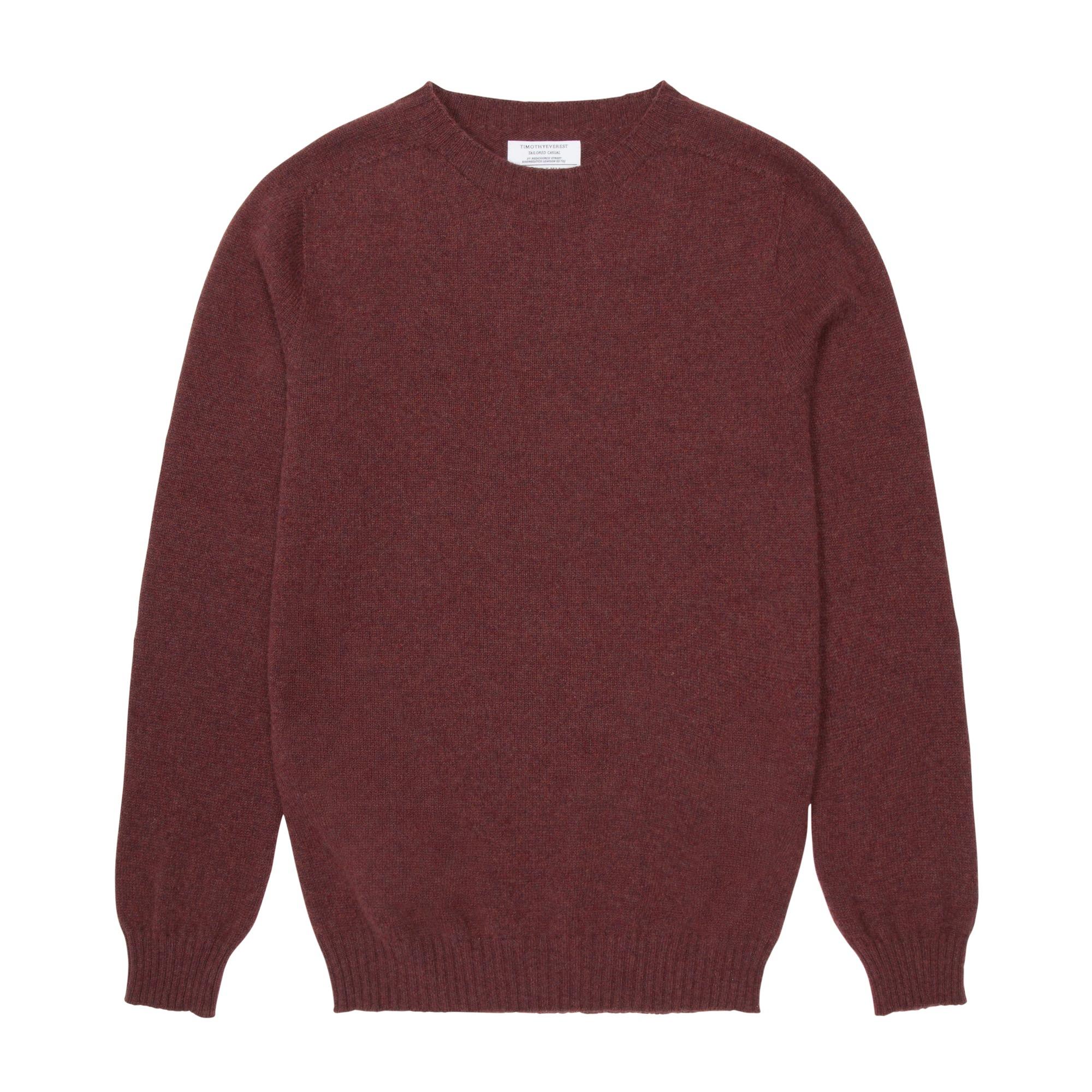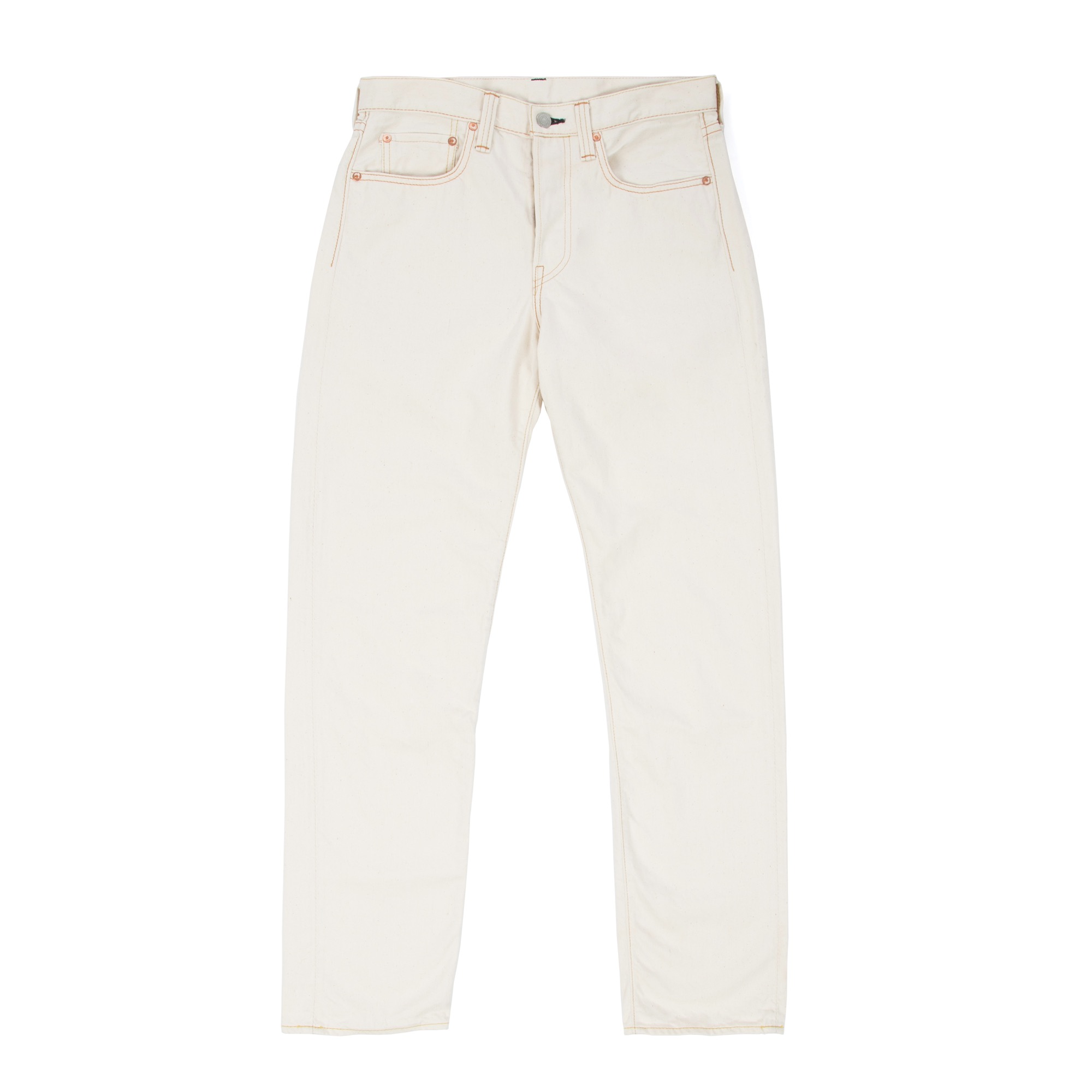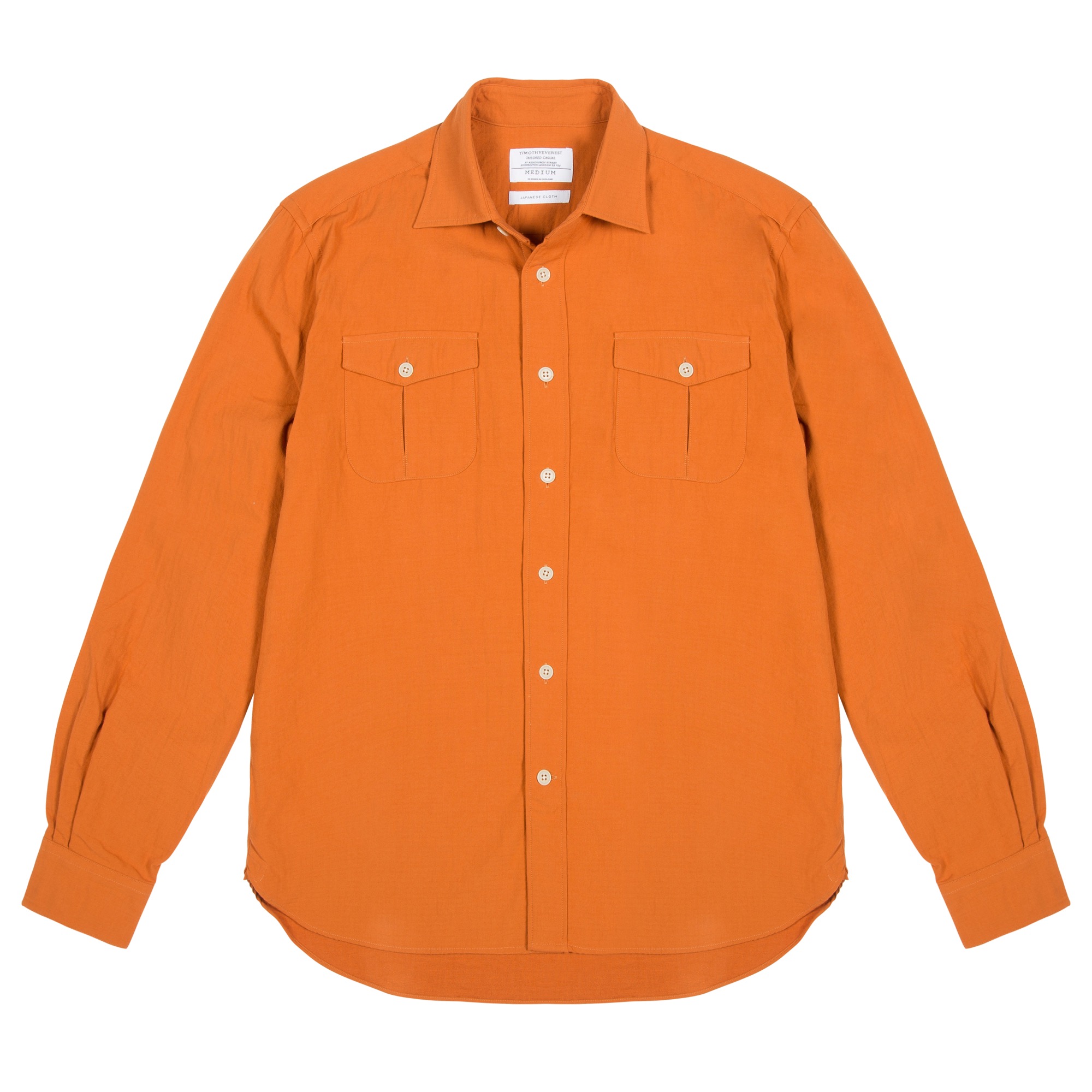A bespoke commission at Timothy Everest delivers an entirely unique garment and experience, formed perfectly to the client’s personality, anatomy and vision. Each design is created through a highly collaborative process. It is a creative exchange underpinned by the customer’s specific requirements and guided by the expertise and craftsmanship of our team.
A recent project where this personal process and relationship between cutter and client worked beautifully was a jacket commissioned by Justin Portess. Justin is a longstanding client and occasional model for Timothy Everest and has a military background. His combined experience and interest in both the military and clothing, especially tailoring, inspired him to investigate the idea of a reconstructed Boating Jacket. Here he explains the origins and development of the piece.

